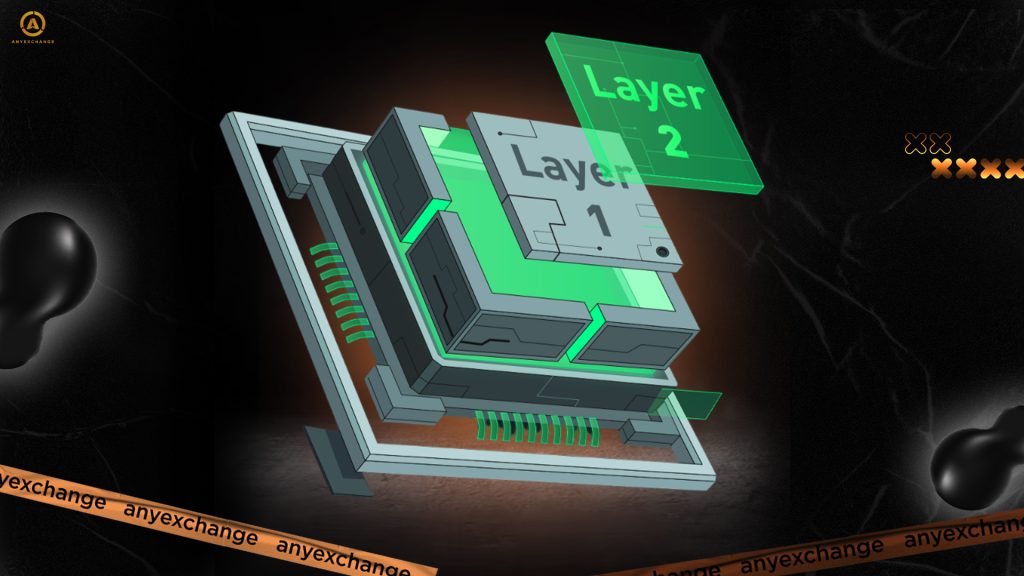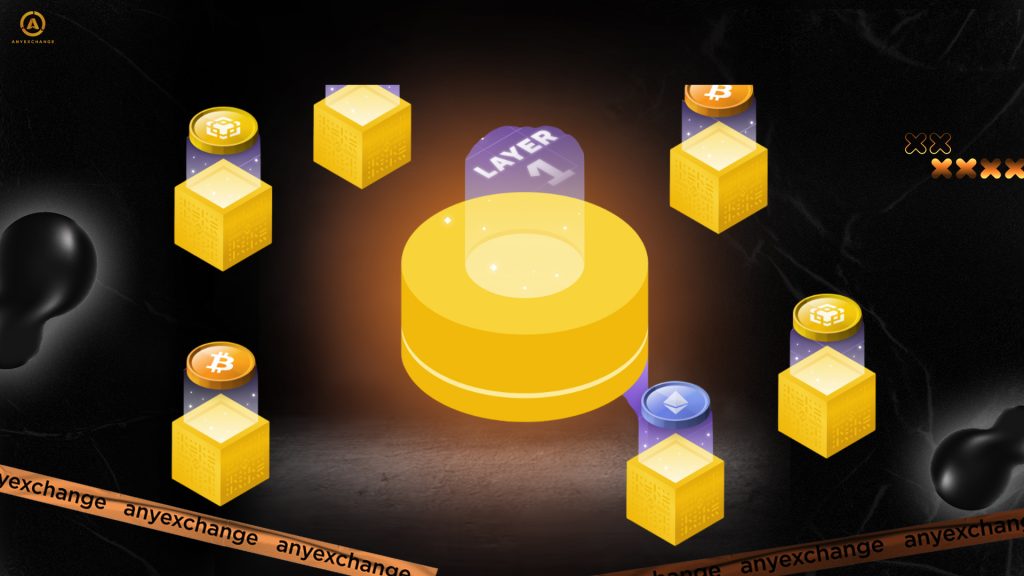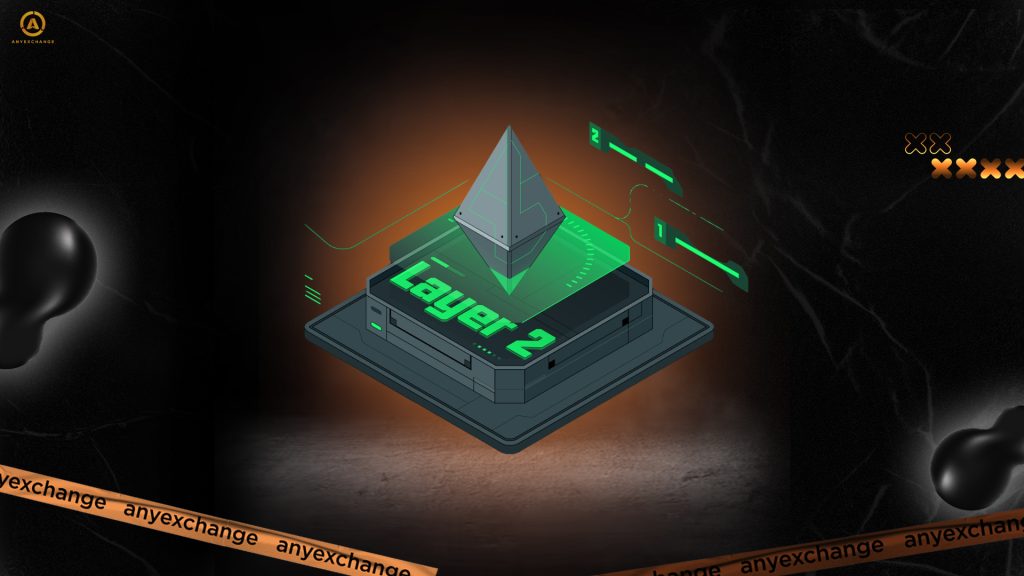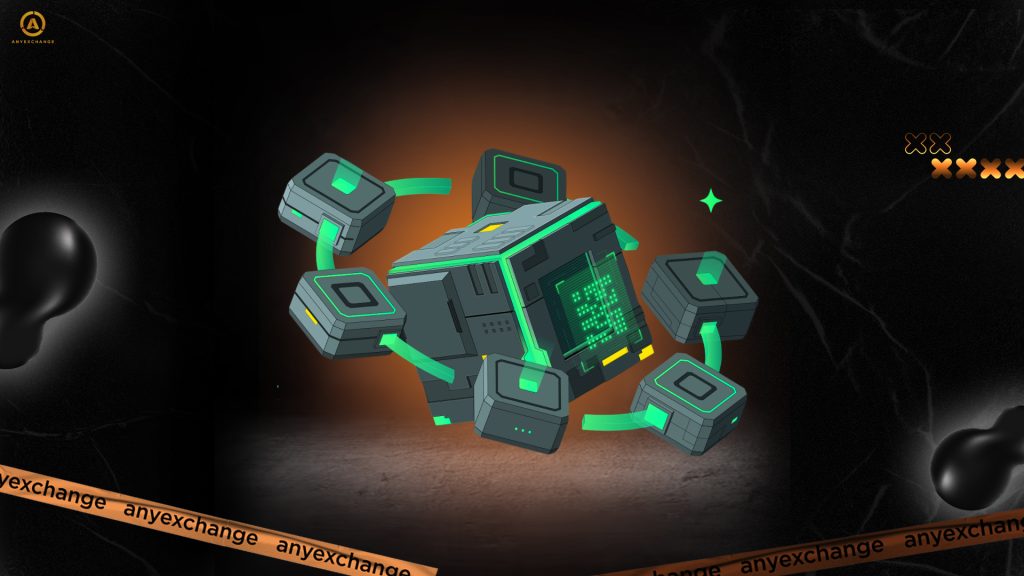
Just a few years ago, discussions about blockchain scalability were the domain of developers and crypto enthusiasts. Today, with decentralized networks processing millions of transactions every day, it has become a key question for the entire industry. The growing demand for DeFi tools, NFT and Web3 applications by millions of people has exposed the weaknesses of many networks, mainly in terms of transaction speed, cost of gas and user experience.
Against this backdrop, blockchain competition is naturally intensifying. And it is unfolding not only between different networks, but also between two basic approaches to their development — through improving the architecture of the networks themselves (Layer-1 blockchains) or, alternatively, through the creation of Layer-2 blockchains, which are superstructures to optimize the operation of the parent Layer-1 networks.
This article is an attempt to understand the differences between these two approaches to scaling, to assess their strengths and weaknesses, and to understand which solution will dominate in the future: the development of powerful Layer-1 blockchains, or the mass adoption of Layer-2 solutions.
What are Layer-1 blockchains?

Layer 1 blockchains are the underlying networks that form the foundation of the entire crypto infrastructure. In Layer-1 blockchains, transactions are written directly to the underlying registry and consensus is achieved through network-specific algorithms such as Proof-of-Work (PoW) or Proof-of-Stake (PoS). Some of the most prominent L1 blockchains inсlude Bitcoin, Ethereum, Solana, Cardano, Polkadot, and Avalanche.
The well-known strengths of Layer-1 are decentralization, blockchain security, and resilience to failure. Because these networks operate independently, they do not require outside support to ensure their functioning.
However, they have recently faced increasing challenges. The main one is scaling, especially during periods of network congestion. As user activity increases, transactions slow down significantly and fees increase. For example, Bitcoin, the most trusted blockchain to which the entire industry owes its birth, focuses on preserving value and security, but its throughput is limited to 7 transactions per second. Ethereum, originally created to run smart contracts and decentralized applications, suffers from limited scalability and high fees. For example, during Ethereum’s DeFi boom, fees were as high as $50-100 per transaction, which was completely unacceptable to users.
Layer 1 blockchains are modernizing to address these issues. Ethereum moved to proof-of-stake, which reduced power consumption by 99.9% and opened the door to introducing sharding to increase throughput. Polkadot offers a multi-chain architecture where multiple parallel networks communicate through a relay chain. These are all new steps in blockchain optimization, where the scalability problem is solved by changing the network architecture.
Thus, Layer-1 blockchains, while still key players in providing basic security and reliability, are undergoing a process of adaptation to meet modern market demands.
What are Layer-2 blockchains?

As Layer-1 blockchains fail to keep pace with growing workloads, Layer-2 blockchains — technologies designed to scale without requiring changes to the underlying protocol — are emerging. These solutions operate on top of Layer-1, moving some operations outside of it and offloading the core network.
The most prominent examples are Lightning Network (for Bitcoin) and Ethereum Layer-2 solutions: Arbitrum, Optimism, zkSync, StarkNet. Lightning Network enables instant micropayments with minimal fees, opening up the potential for everyday use of BTC. The Ethereum ecosystem also makes heavy use of Layer-2 rollups, a technology that aggregates multiple transactions into a single blockchain and transmits them as a summary to the main blockchain.
The benefits of Layer-2 blockchains are obvious: transaction speeds increase tenfold, blockchain fees are reduced to a fraction of a cent, and the user experience is much better. In addition, Layer-1 compatibility allows projects to seamlessly integrate with existing infrastructure. This is especially true for DeFi and NFT platforms where transaction speed and cost are critical.
The main disadvantage of Layer-2 is its dependence on the parent network: any failure in the underlying blockchain can also affect the second layer.
In any case, more and more projects are moving to Layer-2 solutions, especially in the Ethereum ecosystem. Such solutions are no longer just “patches” for existing problems, but a full-fledged architecture of the future Web3. In fact, they are becoming the basis for a new round of blockchain optimization, providing scalability without sacrificing decentralization.
Comparing Layer-1 and Layer-2
To better understand the differences between the two layers, let’s take a look at Layer-1 vs. Layer-2 by key parameters.
|
Parameter |
L1-blockchain |
L2 blockchain |
|
Transaction speed |
Low-Medium |
High |
|
Blockchain fees |
High (especially during high-load periods) |
Low |
|
Blockchain security |
Maximum, built into the protocol |
Dependent on Layer-1 |
|
Decentralization |
High |
May decrease depending on solution |
|
Implementation complexity |
High (greenfield development) |
Lower due to L1 compatibility |
Thus, Layer 1 blockchains are optimal for scenarios where maximum security is required, such as storing large amounts of funds or running systеm protocols (such as Lido, MakerDAO, Aave). At the same time, L2s are ideal for releasing applications with high transaction rates: games, micropayments, NFT marketplaces, DeFi protocols that require transaction speed and low costs. Hybrid models are also becoming more common: for example, Uniswap v3 runs on both Ethereum and Arbitrum, giving users a choice depending on their priorities. Or Polygon, as L2 on Ethereum, offers both a sidechain and its own zkEVM solution, proving that blockchain scalability can be achieved as a result of a multi-part approach.
This means that there is a battle not only of technologies, but also of strategies. While layer 1 builds infrastructure “for the long haul”, layer 2 is more focused on speed of adaptation and end-user convenience. On the other hand, the two layers are not just rivals, but elements of one big puzzle, each with its own function in optimizing the blockchain.
Competitive Issues and Challenges
At first glance, it may seem that such a blockchain technology race will only spur innovation. However, it’s not that simple, and in fact, blockchain competition is a source of certain losses for both sides. Let’s start with Layer-1 issues.
The so-called blockchain trilemma — security, scalability and decentralization — always requires sacrifices. Bitcoin and Ethereum offer high levels of security and decentralization, but lose out on blockchain bandwidth. Alternative solutions that address the issue of transaction processing speed, as in the case of Solana or Sui, often come at the expense of node decentralization and reliability.
Layer 2 has its own set of challenges. First, it fragments the ecosystem — projects are spread across rollups, sidechains, and other solutions. Second, it creates significant challenges for users who must move between networks, bridges, and interfaces, and Layer-2 becomes a real obstacle course for newcomers. While Layer-1 and Layer-2 interoperability is becoming more sophisticated (e.g. with the introduction of EIP-4844 and Proto-Danksharding in Ethereum), full integration is far from ideal. For a non-technical user, the difference between layers is not always obvious, and the transitions between them are not always convenient.
The Future of Layer-1 and Layer-2 Blockchains

Nevertheless, it is important to realize that we are not talking about a “winner-take-all” confrontation. We’re likely to see them working together successfully. And the future of blockchains appears to be a layered architecture, where Layer-1 provides the underlying infrastructure and Layer-2 solutions make it accessible, scalable and inexpensive for millions of users. There are interesting changes on the horizon. The focus is less on competition and more on finding balance and optimizing the blockchain at all levels.
Instead of fierce competition, we increasingly see an effective symbiosis between Layer-1 and Layer-2. For example, Ethereum and its Layer-2 rollups are evolving hand in hand, with the Ethereum protocol itself actively implementing improvements like proto-danksharding to lighten the load on Layer-2. This reflects a general trend: instead of “defeating” each other, technologies from different layers are starting to complement each other.
An important trend that has already taken shape is the shift from monolithic architectures to modular blockchains. Projects such as Celestia and Polkadot are moving consensus, execution, and storage tasks into separate layers, creating a more flexible and scalable infrastructure. This blurs the lines between layer 1 and layer 2 blockchains, while creating an environment of greater freedom and mobility for distributed applications.
In the future, we will see not only the rise of layer 2 solutions, but also the emergence of more and more decentralized networks that operate on app-specific blockchains (app chains) – as implemented in Cosmos. Such solutions will use the Layer-1 blockchain as a source of security, while implementing unique transaction execution mechanisms and economic incentives.
Looking at the outlook for the relationship between Layer-1 and Layer-2 networks, two scenarios are likely. The first is the dominance of Ethereum and its Layer-2 ecosystem as the de facto standard for DeFi and NFT. The second is the expansion of modular networks and blockchain technologies, allowing developers to assemble their ecosystem from “constructors”. The two approaches are not mutually exclusive, and the further we go, the more we’ll see them interacting rather than competing in pure competition.
So the future of blockchains lies in flexibility, customization, and scalable architectures. And it is Layer-1 and Layer-2 in tandem that can provide the necessary combination of high bandwidth, security and a great user experience.
Conclusion
So instead of destructive confrontation, we are increasingly seeing blockchain competition turn into productive collaboration. This is driving innovation, giving developers more tools and users a better interaction experience. If you believe in the early realization of Web3, you will definitely be interested in following the developments. Try out new Layer-2 solutions, evaluate changes in blockchain optimization, and participate in testnets. And then you will not only understand where the industry is going, but also become a part of it.
Thank you for your time. Invest safely and profitably!
AnyExchange is a cryptocurrency exchanger that allows you to safely convert popular digital assets at the best rates. We work with wallets of international payment systems, bank cards and cash. Fast money transfers worldwide are also available on our platform.






